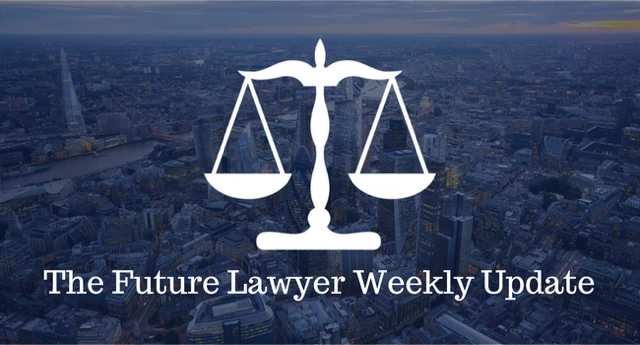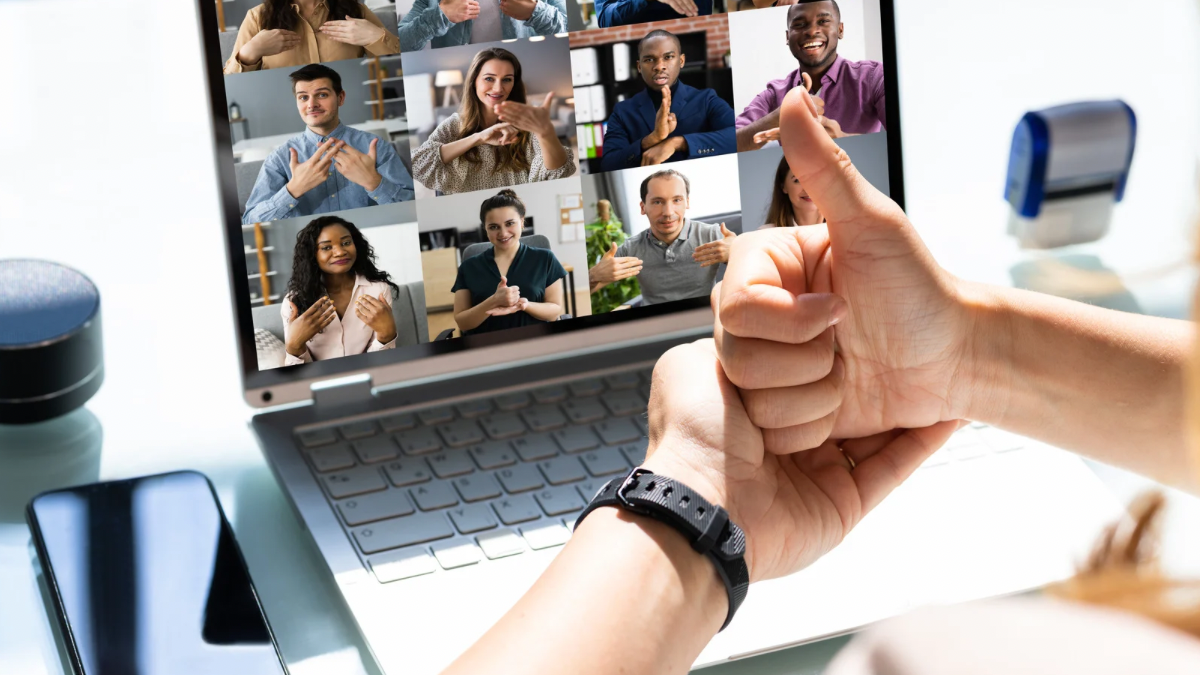
The Future Lawyer Weekly Briefing – W/C 6th May 2024
May 5, 2024
“Don’t let your deafness hold you back”: Freya Fredriksson on Deaf Awareness Week 2024
May 9, 2024By Freya Fredriksson.
Reading time: four minutes
As Deaf Awareness Week (6 to 12 May 2024) approaches, Freya Fredriksson presents a thought-provoking article aimed at illuminating pathways to inclusivity. With a focus on integrating deaf-friendly practices, Freya’s insights offer ways to foster an environment that empower deaf individuals within the legal sector and broader society.
A legal responsibility
Establishing deaf-friendly legal workplaces is an essential step towards inclusivity and equality. It is not just up to employers to establish a deaf-friendly place, it is also a team effort.
People who are D/deaf or hard of hearing are defined as disabled and are therefore protected under the Equality Act 2010. This act places legal responsibility on organisations and service providers to make ‘reasonable adjustments’ to ensure that deaf workers are not discriminated against and are better able to access the workplace. There are several ways to make the legal profession more deaf-friendly which are listed below.
Facilitating communication
Every deaf person is different and so their access needs are different. This is why it’s vital that the workplace communicates with deaf people by asking them what they need. Try not to assume their preferred method of communication – just ask them! Likewise, some deaf people can understand speech over the phone so check in with them whether they prefer communicating over email, instant messages or via phone calls.
Similarly, you can ask how D/deaf people identify themselves. The lowercase ‘d’ is used when an individual perceives their deafness as an impairment and integrates predominantly with the hearing community whereas the uppercase ‘D’ is used when they identify their deafness as a socio-cultural perspective and are fully immersed in deaf culture.
If video resources are being used, ensure that the closed captions (CC) are enabled. It is worth noting that closed captions and subtitles are not the same thing. This is because subtitles provide a text alternative for the dialogue and are often used when the viewer may not be fluent in the language meaning subtitles assume that the viewer can hear noises and sound effects. Whereas, closed captions not only provide the text alternative but also provide information about sound effects and other noises that d/Deaf people may have missed.
How technology can help
If the deaf person requires it, a captioning service can be beneficial and nowadays, assistive technology is only getting better and better. This means there are several live speech-to-text apps like Ava or OtterAi. It is worth figuring out which may be the most accurate and most affordable. One free and accurate live speech-to-text function is the subtitles feature on Microsoft PowerPoint which is very easy to turn on.
There are also other assistive technology such as hearing loops or personal listening devices which are small microphones that connect directly to the deaf person’s hearing technology.
Deaf individuals often struggle with listening fatigue as they have to concentrate harder to understand discussions meaning they are more tired than hearing people at the end of the day. This means that, to help reduce listening fatigue, try to schedule in breaks during the day which can help them recharge before getting back to their work.
Lipreading is not a fool-proof communication method as only 30% of speech can be lipread. This means that a lot of information is often missed and so deaf people use contextual information to try and fill in the gaps. This means that by providing deaf colleagues with more contextual information earlier in the day by sending copies of the agenda or presentations will greatly help and can reduce anxiety on their part.
Last but not least, some D/deaf people require the services of a British Sign Language (BSL) interpreter so ensure that they are booked in advance as they are very difficult to book at short notice.
An advantageous environment
Background noise makes it more challenging for deaf people to keep up and so offering them a quieter area to work or conducting meetings in an enclosed space will help reduce listening fatigue. Likewise, speaking one at a time during a group discussion helps as they may only be able to lipread one person at a time.
To facilitate lipreading, check that there is good lighting and that you don’t talk to a deaf colleague with a light source like a window behind you, as this makes your face less visible.
Try and agree on building access arrangements as some deaf people may not be able to hear the intercom very well. This means that it would be helpful to provide them with a number to text when they arrive so they can be let in.
Many deaf people can hear fire alarms through their cochlear implants or hearing aids but to minimise the risk of accidents, installing flashing fire alarms will help to ensure their safety.
The importance of education
Last but not least, deaf awareness training is vital for everyone involved in law firms. This can be done either by in-person or remote deaf awareness courses. You can also follow charities that share information about deafness on social media such as DeafAction, NDCS, SignHealth and many more!
This will help to create a more overall inclusive and supportive environment and enable the deaf colleague to participate and contribute as much as their hearing counterpart which, at the end of the day, is fundamentally the aim that we are all trying to achieve in the diversity and inclusion section of law firms.
Are you interested in learning more about deaf people in law? Read my previous article about how deaf people couldn’t partake in the jury until after the BSL Act 2022!





